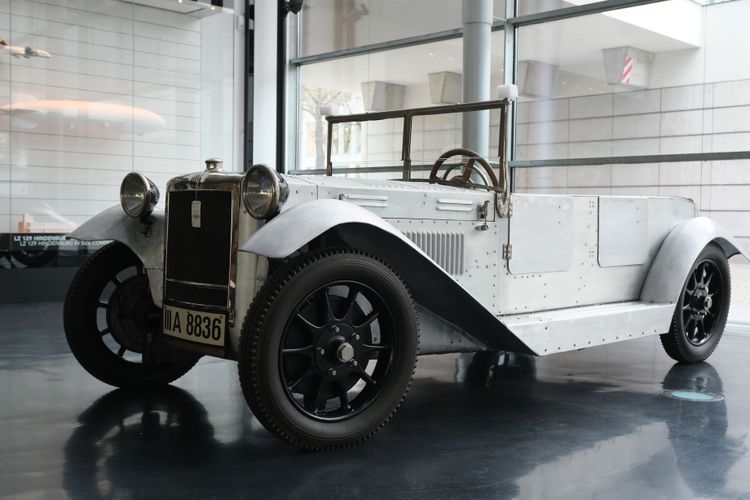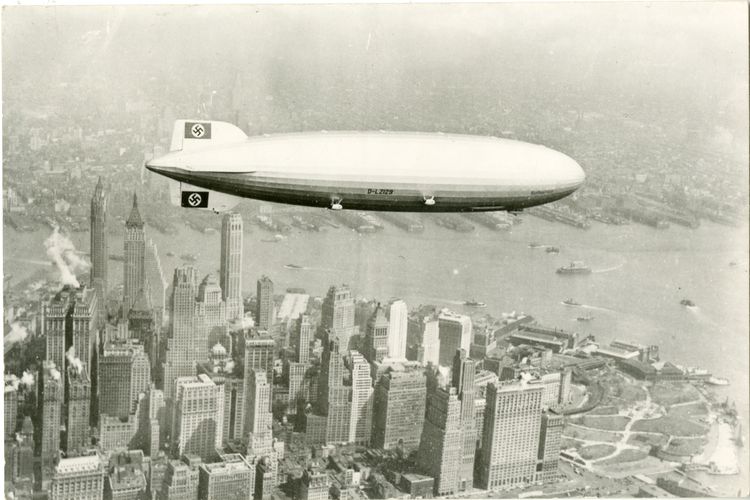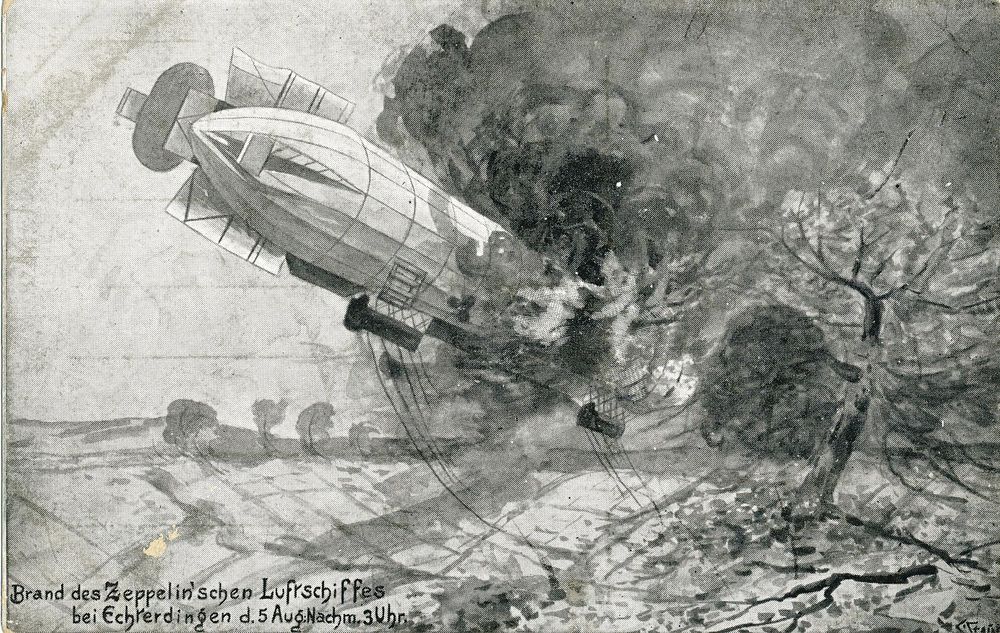
The Initial Situation
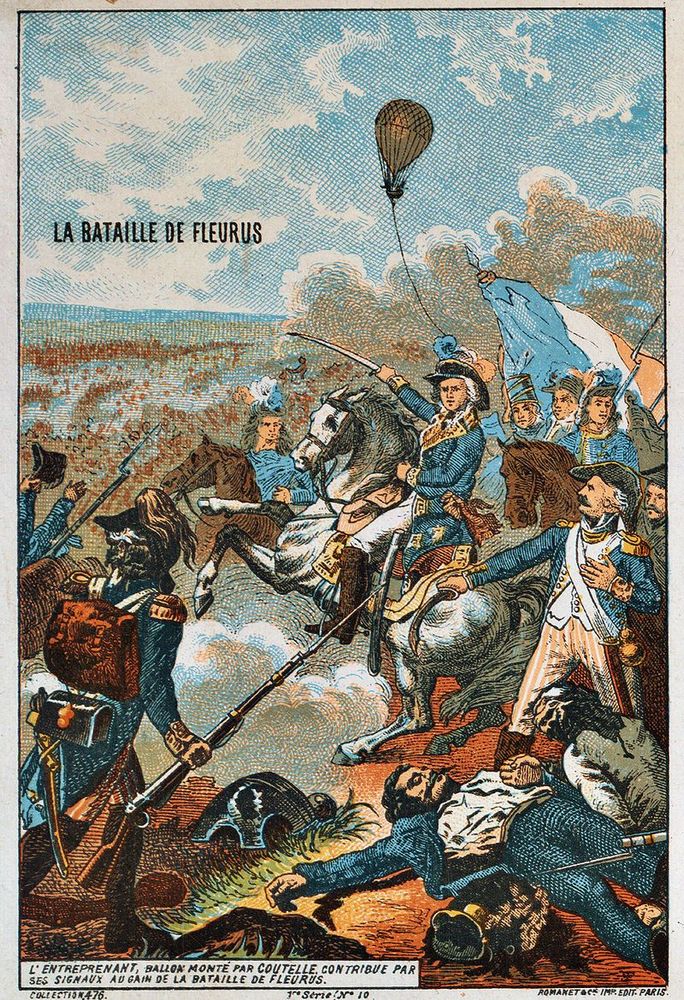
Postcard of the Battle of Fleurus. In this battle, balloons were used for military reconnaissance for the first time in recorded history

The Disaster of Echterdingen and the Destruction of LZ 4
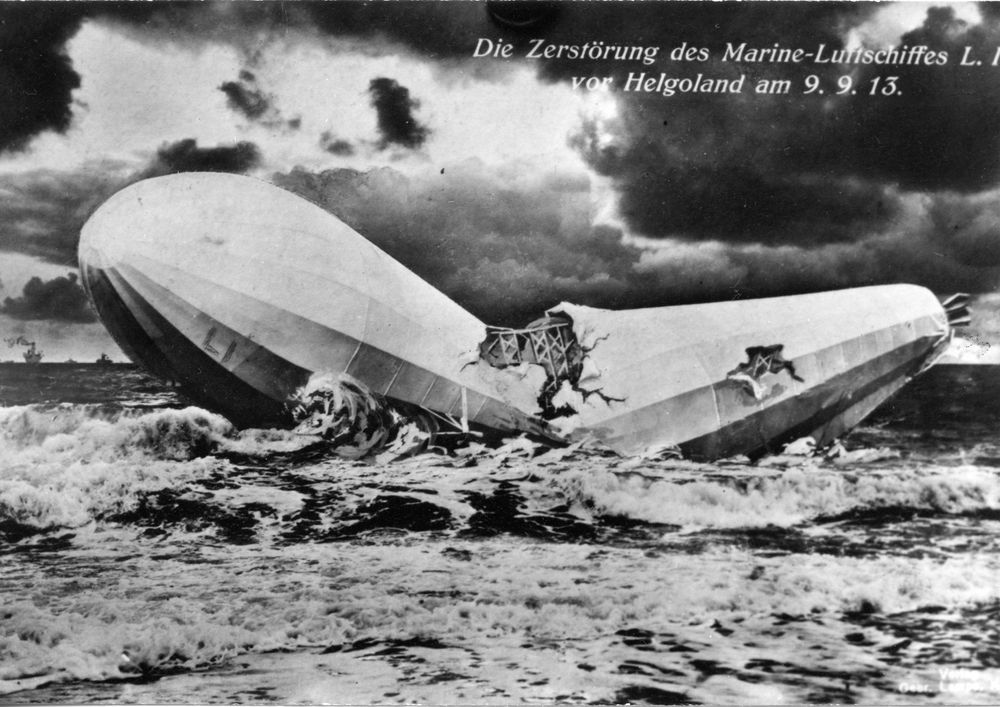
LZ 14 was the first naval airship and was designated L 1. It sank off Heligoland in 1913. Photo: Zeppelin Museum Friedrichshafen
The Military Use of Airships in World War I
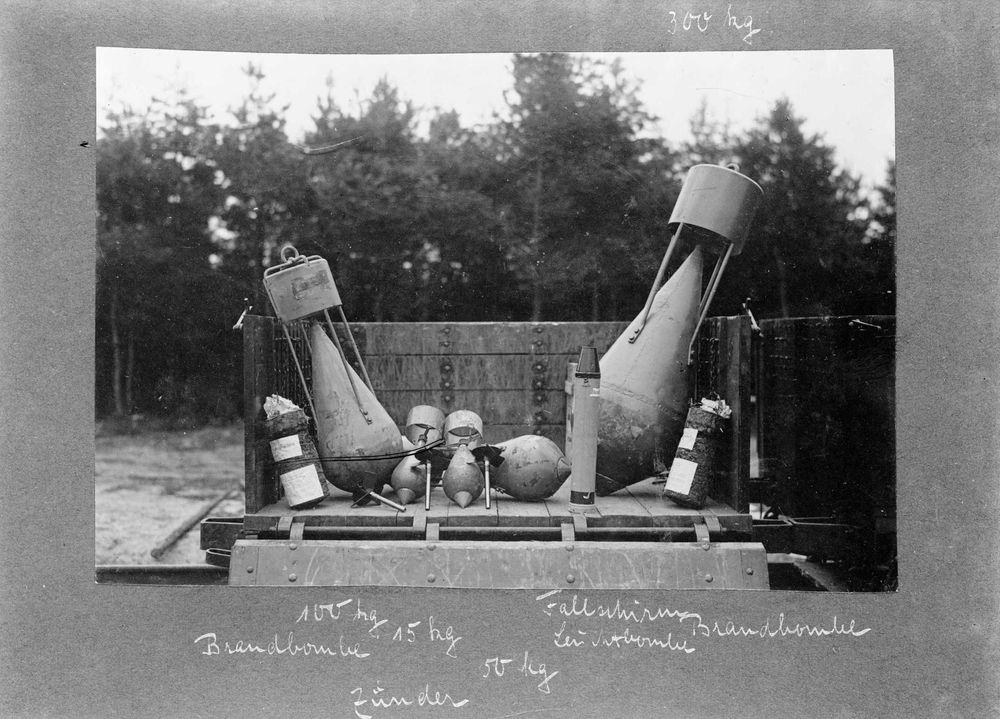
Airship Bombs. Photo: Zeppelin Museum Friedrichshafen
Aerial Warfare, Propaganda, and Efficiency

The Impact of an Airship Bomb. Photo: Zeppelin Museum Friedrichshafen
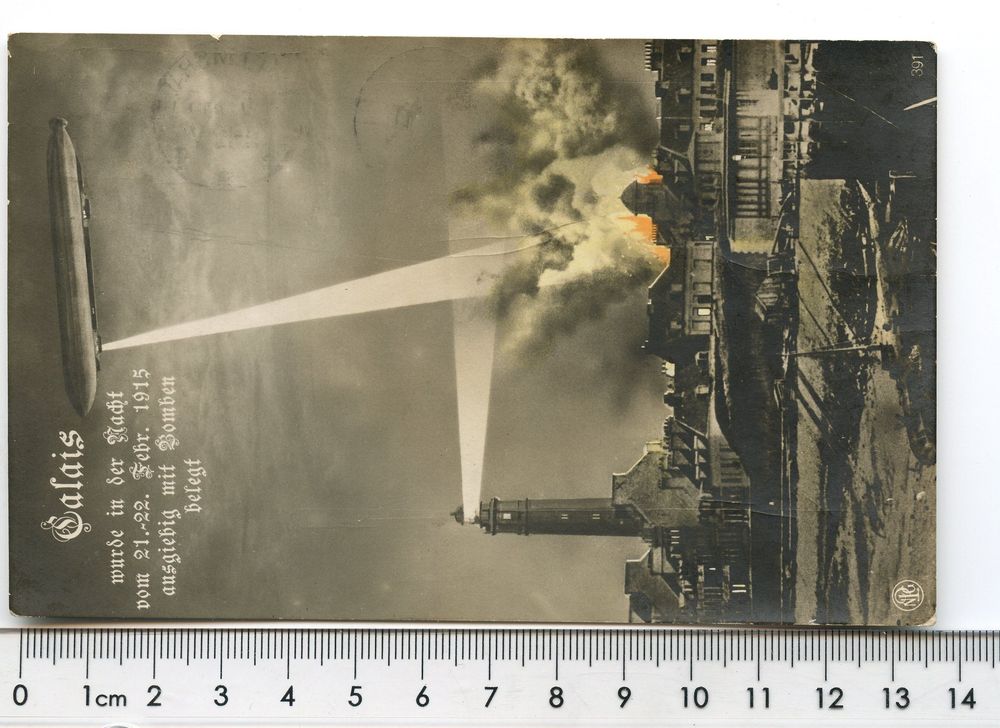
German Propaganda Postcard Depicting the Use of Zeppelins in the Bombardment of Calais on the Night of February 21 to 22, 1915. Photo: Zeppelin Museum Friedrichshafen
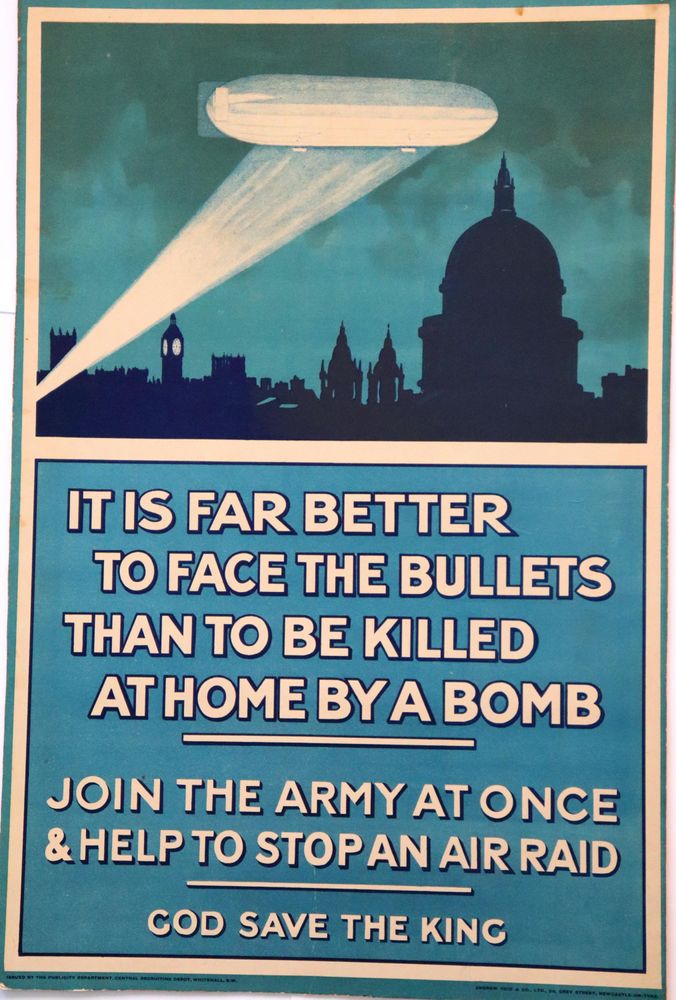
A British recruitment poster promoted the fight against German airships. Photo: Zeppelin Museum Friedrichshafen
Technology Transfer through War and Reparations

LZ 114 was handed over to France as a reparations payment after the war and was given the symbolic name Dixmude, named after the heavily contested town of Diksmuide during the war. Photo: Zeppelin Museum Friedrichshafen
The Goodyear-Zeppelin Corporation: The Great Rigid Airships
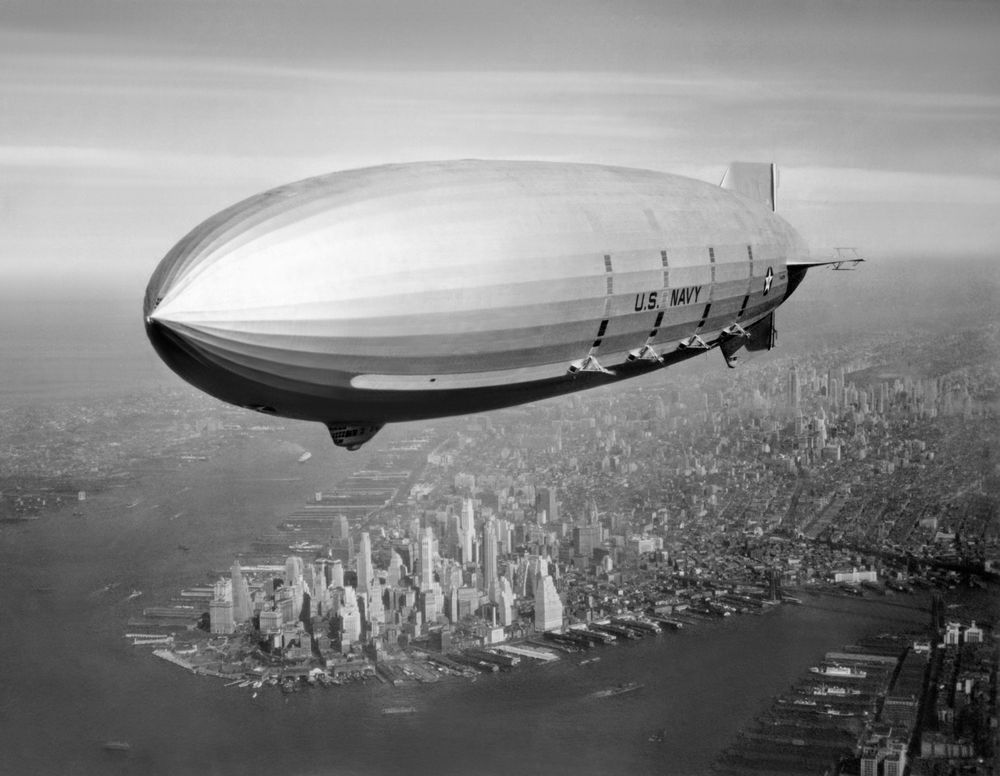
The USS Macon. Although not a Zeppelin, it was an American military airship built with expertise from the Zeppelin Corporation. Photo: Zeppelin Museum Friedrichshafen
The last military use of a large Zeppelin
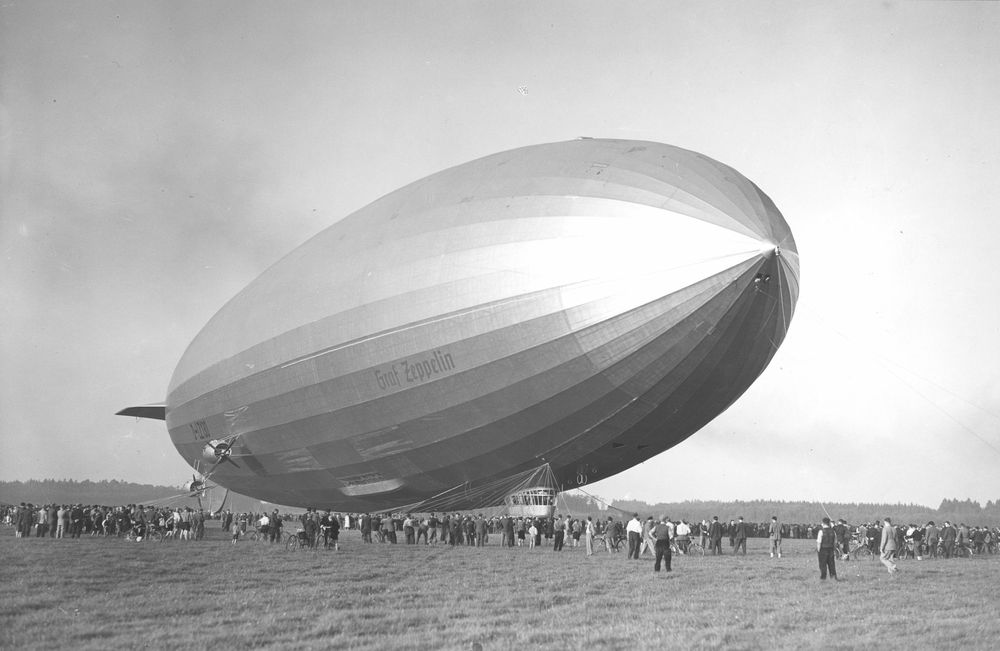
LZ 130 Graf Zeppelin. Photo: Zeppelin Museum Friedrichshafen
Goodyear Aircraft Corporation: Aerostats in World War II and Beyond
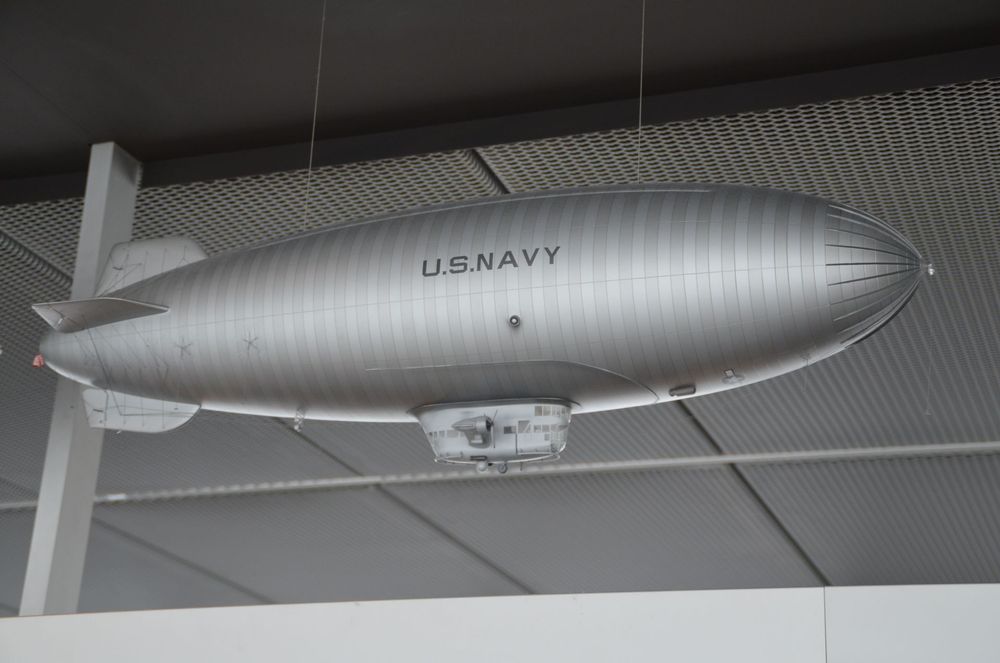
Model of a K-Type Blimp from the Zeppelin Museum Friedrichshafen. Photo: Zeppelin Museum Friedrichshafen
